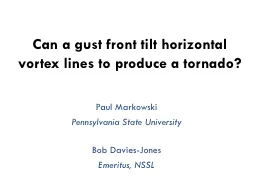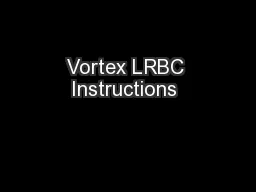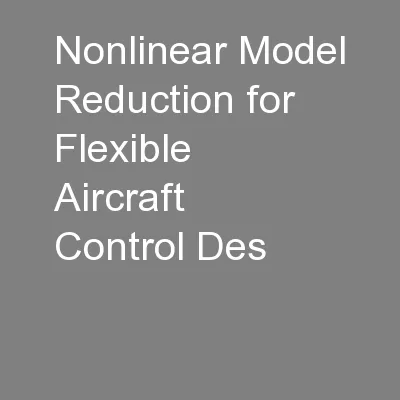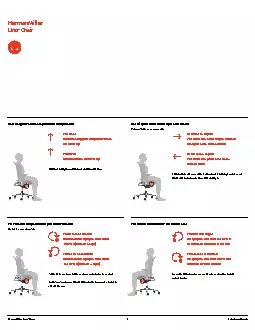PPT-Can a gust front tilt horizontal vortex lines to produce a
Author : liane-varnes | Published Date : 2017-03-14
Paul Markowski Pennsylvania State University Bob DaviesJones Emeritus NSSL Consider two parcels following the same trajectory Also assume that the parcels lie on
Presentation Embed Code
Download Presentation
Download Presentation The PPT/PDF document "Can a gust front tilt horizontal vortex ..." is the property of its rightful owner. Permission is granted to download and print the materials on this website for personal, non-commercial use only, and to display it on your personal computer provided you do not modify the materials and that you retain all copyright notices contained in the materials. By downloading content from our website, you accept the terms of this agreement.
Can a gust front tilt horizontal vortex lines to produce a: Transcript
Download Rules Of Document
"Can a gust front tilt horizontal vortex lines to produce a"The content belongs to its owner. You may download and print it for personal use, without modification, and keep all copyright notices. By downloading, you agree to these terms.
Related Documents














